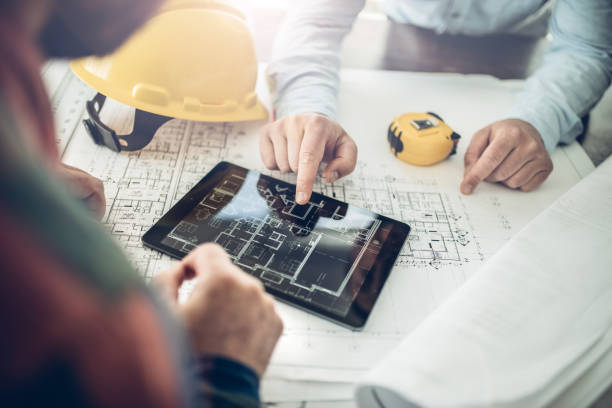In the ever-evolving landscape of the engineering industry, innovation is not just a buzzword; it’s a necessity. One such innovation that has transformed the way engineers and contractors conceptualize and present their designs is Computer-Aided Design (CAD) virtual tours. These immersive experiences offer a plethora of benefits, revolutionizing how projects are planned, visualized, and executed. Let’s delve into the remarkable advantages of integrating CAD virtual tours into the engineering workflow.
- Enhanced Visualization: Traditional blueprints and 2D drawings can be challenging to interpret, especially for clients or stakeholders who lack technical expertise. CAD virtual tours provide a lifelike representation of the proposed design, allowing everyone involved to visualize the end product with unparalleled clarity. This immersive experience fosters better understanding and communication among team members, leading to more informed decision-making.
- Iterative Design Process: Engineering projects often undergo multiple iterations before reaching the final design. With CAD virtual tours, engineers can quickly create, modify, and visualize different design variations in real-time. This iterative process accelerates the design phase, enabling engineers to explore various concepts and identify the most optimal solutions efficiently.
- Early Detection of Issues: Identifying potential issues or clashes during the design phase is crucial for preventing costly delays and rework during construction. CAD virtual tours allow engineers to simulate the entire project, uncovering any conflicts or inconsistencies before breaking ground. By detecting and resolving issues early on, projects can stay on schedule and within budget, saving both time and resources.
- Streamlined Communication: Clear communication is essential for successful project management. CAD virtual tours serve as a universal language that transcends technical jargon, enabling engineers to communicate their ideas effectively to clients, stakeholders, and team members. By providing a visual representation of the project, virtual tours facilitate productive discussions and alignment of goals, fostering collaboration and synergy among all parties involved.
- Client Engagement and Satisfaction: For clients, seeing is believing. CAD virtual tours offer clients a firsthand experience of their future project, allowing them to explore every detail from different angles and perspectives. This immersive experience not only instills confidence in the design but also strengthens the client-engineer relationship. By actively involving clients in the design process and addressing their feedback promptly, engineers can ensure greater client satisfaction and project success.
- Cost and Time Savings: In the fast-paced world of engineering, time is money. By leveraging CAD virtual tours, engineers can streamline the design process, reduce errors, and minimize rework, ultimately saving both time and costs. Additionally, virtual tours eliminate the need for physical prototypes or mock-ups, further reducing expenses associated with traditional design methods.
- Future-proofing Designs: Engineering projects must withstand the test of time and adapt to changing needs and technologies. CAD virtual tours not only facilitate the visualization of current designs but also allow engineers to explore future scenarios and potential modifications. By future-proofing their designs, engineers can ensure that projects remain relevant and resilient in the face of evolving requirements and advancements in technology.
In conclusion, CAD virtual tours have emerged as a game-changer in the engineering industry, offering a host of benefits that streamline the design process, enhance communication, and drive project success. By harnessing the power of immersive visualization, engineers can bring their designs to life, inspire stakeholders, and pave the way for a future filled with innovation and excellence.


